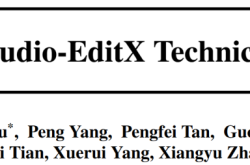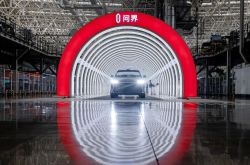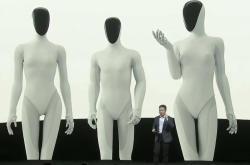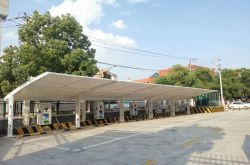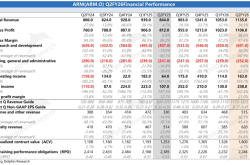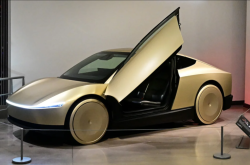High-Definition Insights: Does a Car Engine Need to 'Breathe'?
![]() 06/16 2025
06/16 2025
![]() 489
489
In this curated collection, we present a series of high-definition images that delve into the intricate details of new energy vehicles. From the overall architecture of these vehicles to the internal workings of battery packs, motor types, and the functionalities of smart cabins, these images offer a comprehensive and multi-faceted view. These intuitive diagrams demystify the core technologies of new energy vehicles, making them accessible without the confusion of technical jargon!
For vehicles powered by fuel engines, the engine serves as the heart of the powertrain. To maintain its robust operation, it relies on a precise 'respiratory system'—completing numerous 'inhales' and 'exhales' per minute.
The Engine's 'Four-Stroke Cycle':
Intake Stroke: The piston descends, creating a vacuum in the cylinder, which draws air (or an air-fuel mixture) into the cylinder.
Compression Stroke: The piston ascends, compressing the gas mixture and building pressure for combustion.
Power Stroke: The spark plug ignites, causing the mixture to combust vigorously, pushing the piston down, and generating power.
Exhaust Stroke: The piston rises again, expelling the burnt exhaust gases from the cylinder.
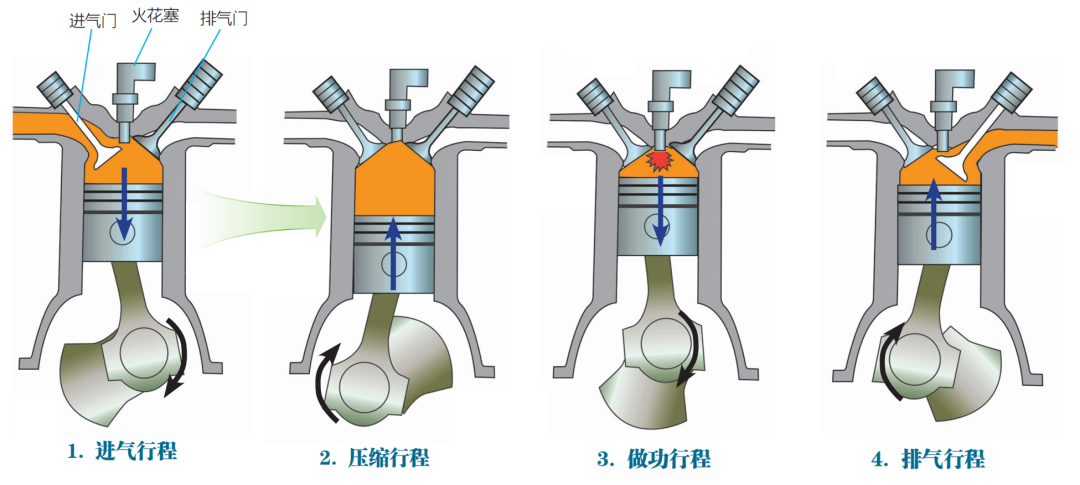
Two Major Components of the Engine Intake System:
Air Filter: Primarily responsible for filtering out impurities from the incoming air.
Intake Manifold: Directs the air-fuel mixture into the cylinder.
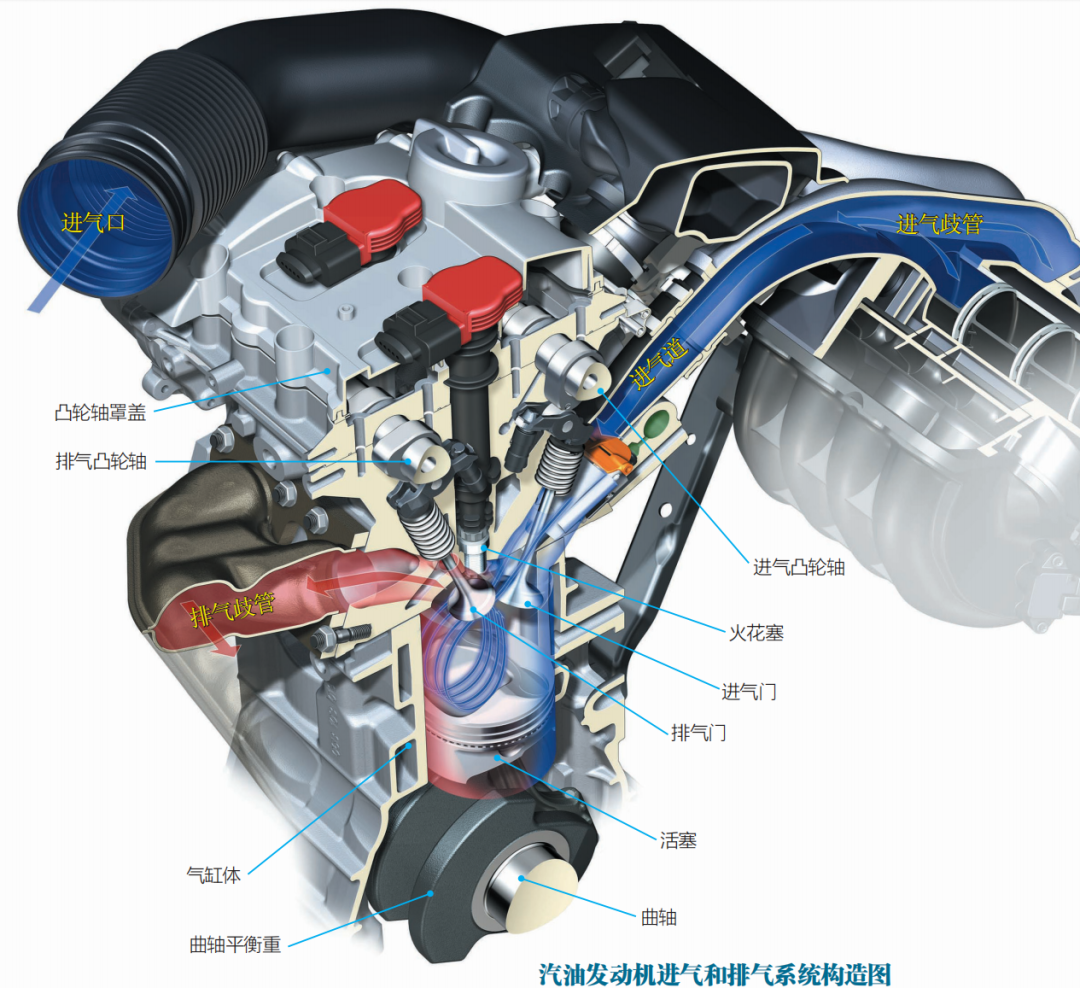
Within the intake manifold lies the throttle valve, which regulates the amount of mixture entering the cylinder. This valve is linked directly to the accelerator pedal (commonly known as the gas pedal). The deeper the pedal is pressed, the wider the throttle opening, allowing more mixture to enter and increasing engine speed.
When the accelerator pedal and throttle valve are controlled by electrical signals instead of a mechanical cable, it is referred to as an electronic throttle valve (commonly known as an electronic throttle).
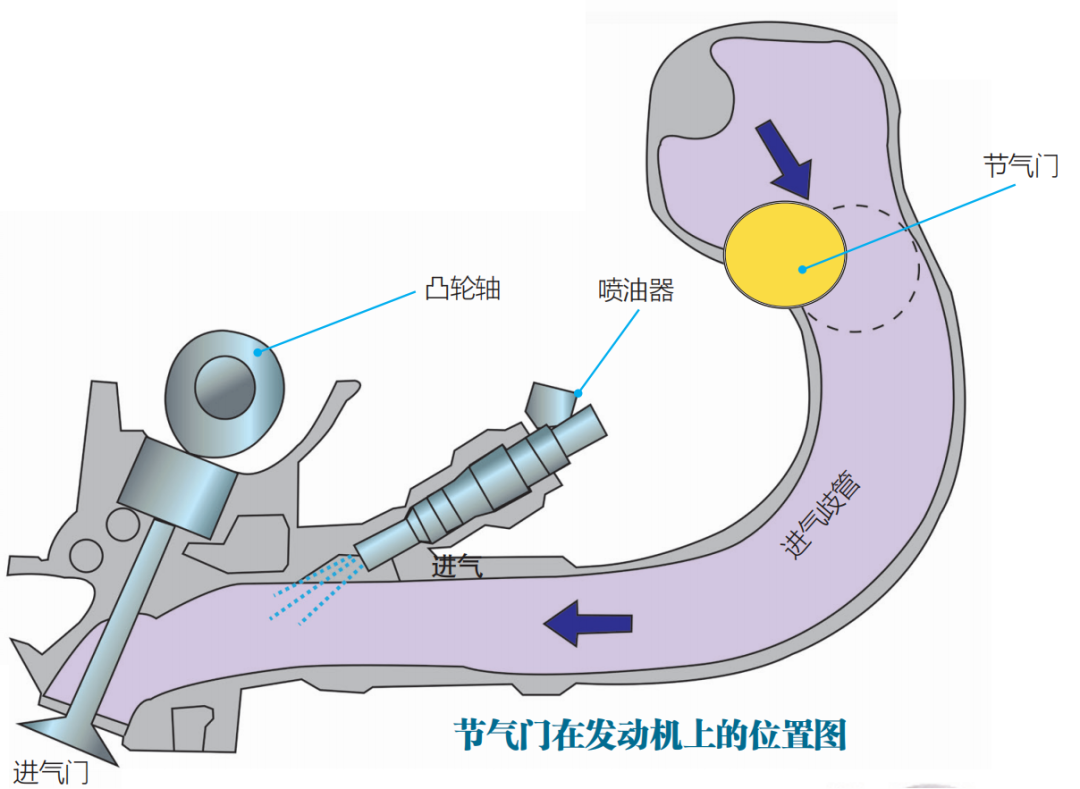
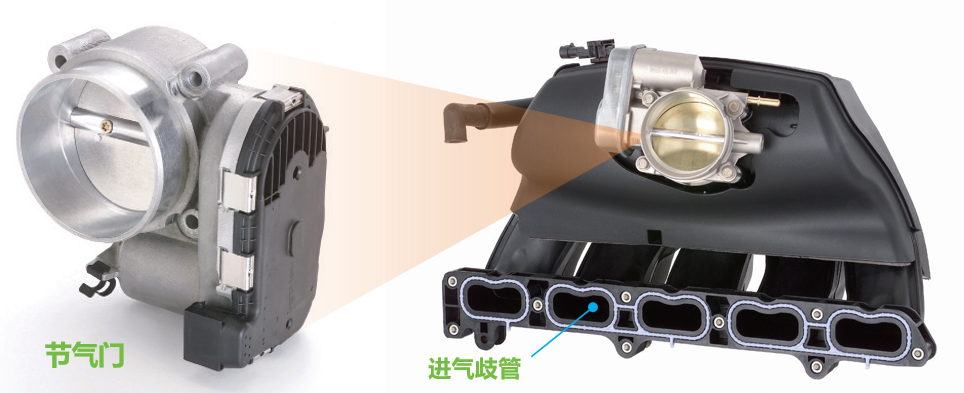
Be Mindful of the Engine's 'Breathing Difficulties':
Reduced Power: If pressing the gas pedal doesn't yield the same responsive acceleration, it could be due to insufficient intake air (like a clogged air filter) or exhaust blockages, leading to incomplete combustion.
Increased Fuel Consumption: Reduced intake air disrupts the air-fuel ratio (e.g., too much gasoline), lowering combustion efficiency and wasting fuel.
Rough Idling: Poor exhaust flow can leave residual gases in the cylinder, affecting the next intake cycle and causing unstable engine operation.
Pungent Exhaust: A noticeable gasoline odor or foul smell might indicate a malfunctioning three-way catalytic converter, reducing its ability to purify exhaust gases.

